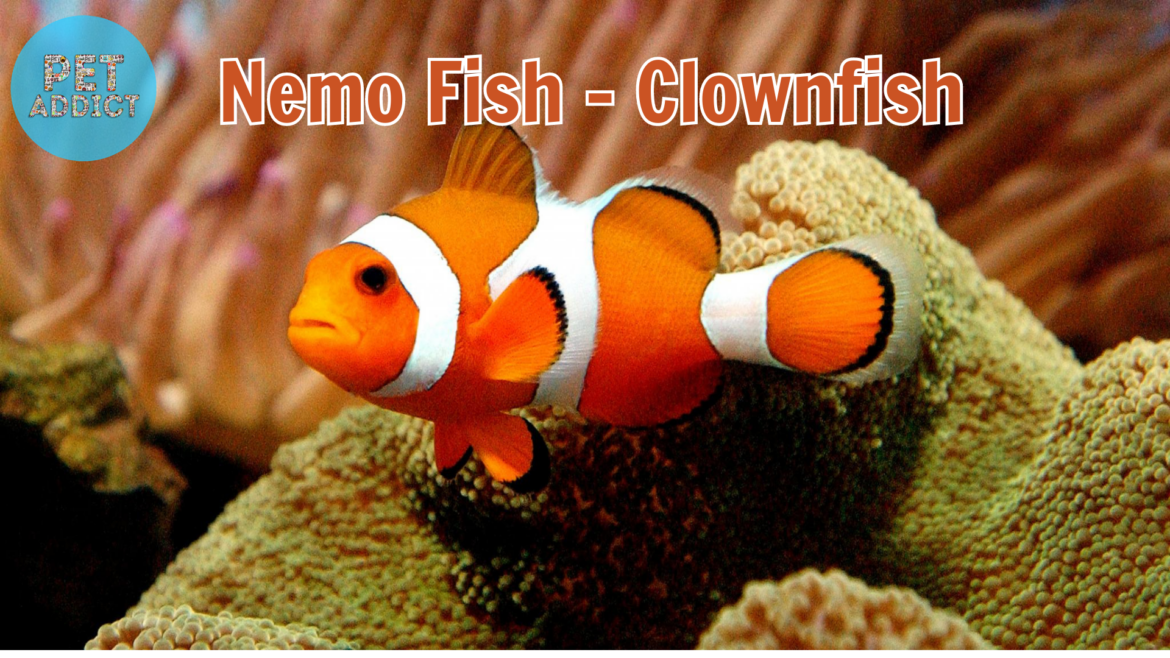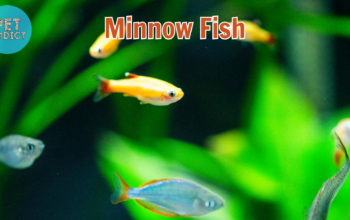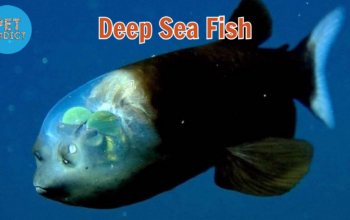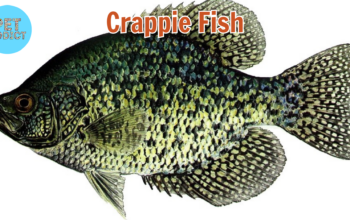Nemo fish, officially known as clownfish (Amphiprioninae), have captured the hearts of both young and old with their vibrant colors and charming personalities. In this article, we’ll dive into the enchanting world of Nemo fish, exploring their unique characteristics, habitat, behavior, and the mutualistic relationship they share with sea anemones.
PetAddict.net – The best place where you can find everything about your pet!
Introduction to Nemo Fish
Made famous by the animated movie “Finding Nemo,” these small and captivating fish are a popular choice for both novice and experienced aquarium enthusiasts. Clownfish are native to the warm waters of the Pacific and Indian Oceans, and they belong to the family Pomacentridae.
Characteristics and Appearance
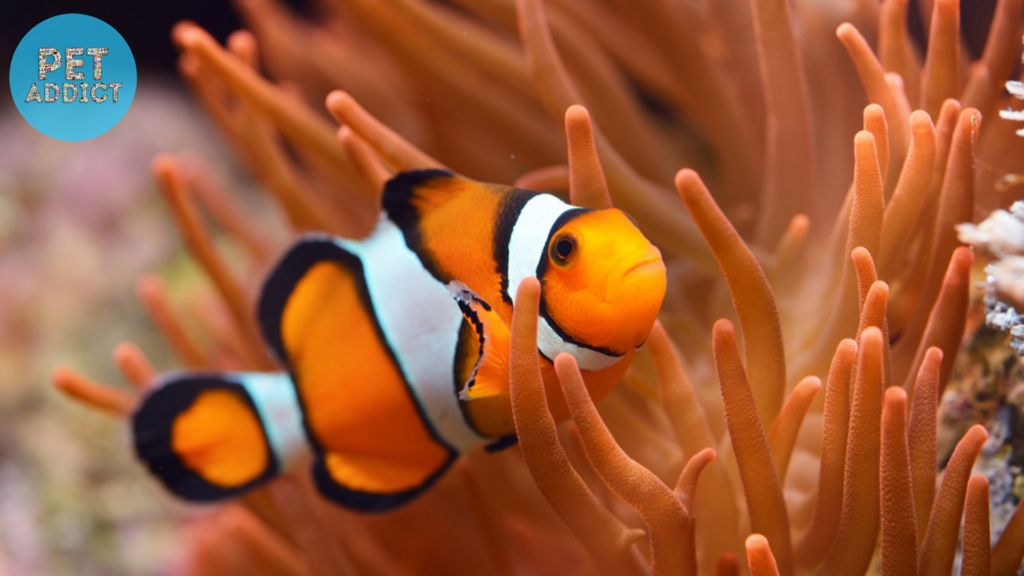
Nemo fish boast distinctive features that set them apart:
- Vibrant Colors: Clownfish come in a variety of vibrant colors, including orange, yellow, red, and black, adorned with eye-catching patterns.
- Amphiprioninae Family: Clownfish belong to a subfamily of damselfish, characterized by their bright colors and the mucus layer that helps protect them from the stinging tentacles of sea anemones.
Symbiotic Relationship with Sea Anemones
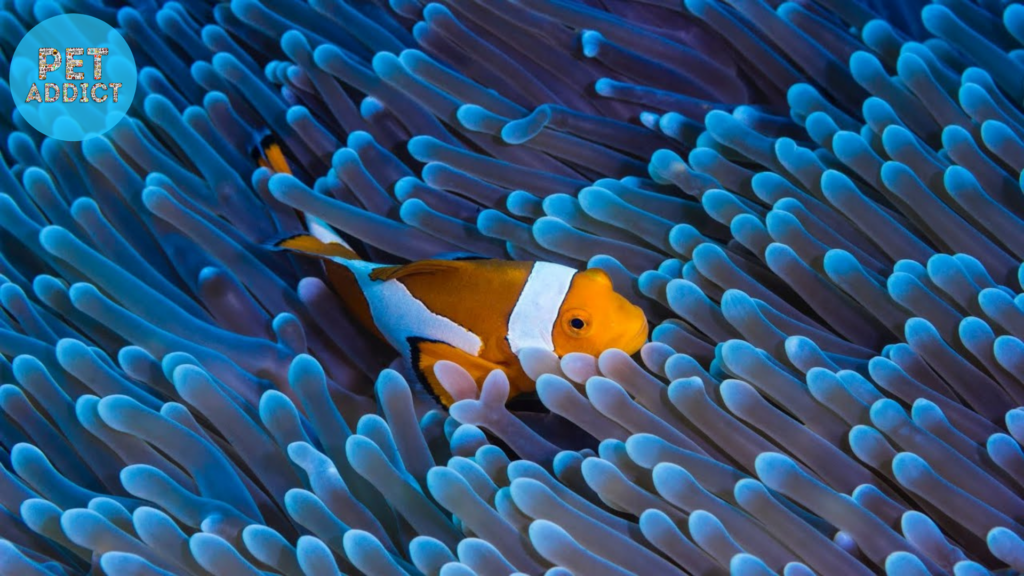
One of the most fascinating aspects of Nemo fish is their unique partnership with sea anemones:
- Mutual Benefit: Clownfish and sea anemones share a symbiotic relationship, where both species benefit. The clownfish are protected by the stinging tentacles of the anemone, while the anemone gains protection and nutrition from the clownfish.
- Immunity: Clownfish develop immunity to the stinging cells of their host sea anemone, making them one of the few creatures able to live safely within their tentacles.
Setting Up the Aquarium
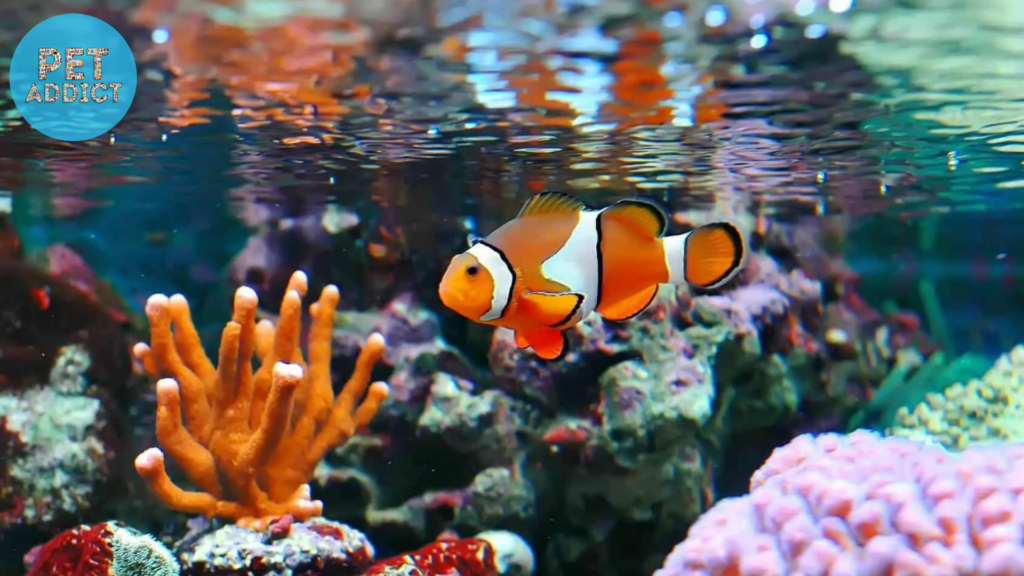
Creating a suitable environment for Nemo fish requires careful consideration:
- Tank Size: A tank of at least 20 gallons is suitable for a pair of clownfish. Larger tanks allow for more fish and swimming space.
- Live Rock: Provide live rock structures with hiding spots and potential hosting sites for anemones, if you choose to introduce them.
- Water Conditions: Maintain stable water parameters with a temperature of around 75-80°F (24-27°C) and a pH level between 8.1 and 8.4.
Feeding and Behavior
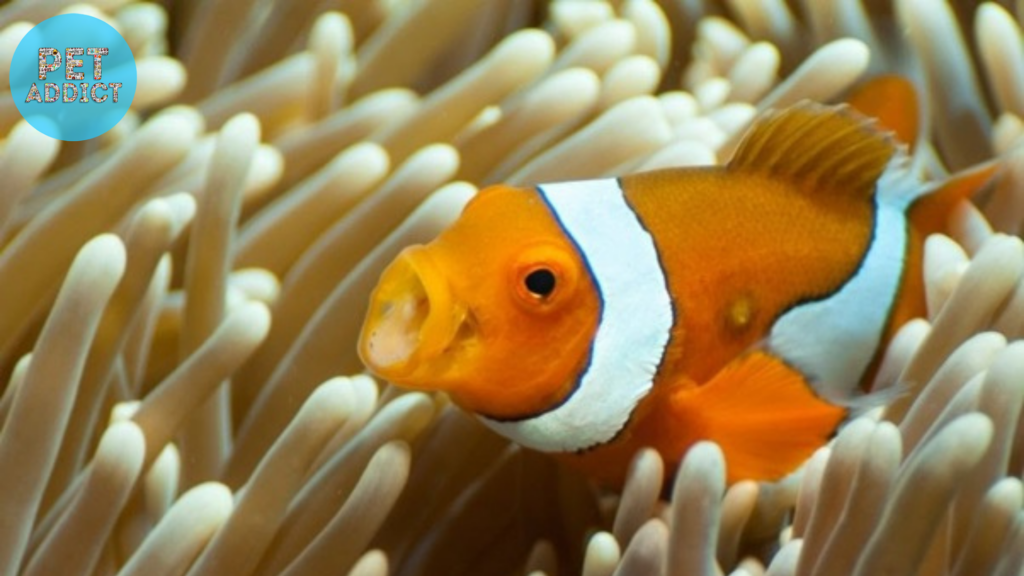
Feeding Nemo fish is relatively straightforward:
- Diet: Offer a balanced diet of high-quality marine pellets, flakes, and frozen foods. Some species of clownfish are omnivorous and will appreciate a variety of food types.
- Behavior: Clownfish are active swimmers and enjoy exploring their surroundings. They are known for their playful interactions and curiosity.
Compatibility and Tank Mates
When selecting tank mates for clownfish:
- Anemones: If you decide to introduce anemones, choose species that are suitable for your aquarium size and setup.
- Compatible Fish: Clownfish can coexist with peaceful and non-aggressive species that share similar water conditions.
Conclusion
Nemo fish, with their vibrant colors and endearing behavior, offer aquarists the opportunity to bring a piece of the ocean’s beauty into their homes. By creating an environment that mimics their natural habitat and understanding their symbiotic relationship with sea anemones, you can provide these charming fish with a thriving and captivating home within your own aquarium.
FAQ
Q1: Are Nemo fish and clownfish the same thing? A1: Yes, “Nemo fish” is a common name for clownfish, which gained popularity due to the animated movie “Finding Nemo.” Clownfish belong to the family Amphiprioninae.
Q2: Can I keep Nemo fish in a home aquarium? A2: Yes, clownfish are popular choices for home aquariums. They are relatively hardy and can thrive in properly maintained tanks.
Q3: Do Nemo fish really live in sea anemones? A3: Yes, some species of clownfish have a symbiotic relationship with sea anemones. They live among the tentacles of the anemone, benefiting from protection while providing the anemone with food.
Q4: Can I keep Nemo fish without sea anemones? A4: Absolutely. While clownfish can thrive in aquariums without sea anemones, providing anemones can create a more natural and captivating environment.
Q5: What should I feed my Nemo fish? A5: Clownfish are omnivores. Offer them a varied diet that includes high-quality marine pellets, flakes, and frozen foods like brine shrimp and mysis shrimp.
Q6: How many clownfish can I keep in my tank? A6: Tank size and species will determine how many clownfish are suitable. Generally, a pair of clownfish can thrive in a 20-gallon tank.
Q7: Are clownfish aggressive toward other fish? A7: Clownfish are territorial to some extent, but they are generally peaceful. Choose compatible tank mates that won’t compete for territory.
Q8: What’s the lifespan of clownfish? A8: In proper conditions, clownfish can live around 3 to 5 years in the wild and up to 10 years or more in well-maintained aquariums.
Q9: Do I need to introduce anemones for my clownfish? A9: No, clownfish can thrive without anemones. Anemones require specific care, and some species can be challenging to keep in captivity.
Q10: Can I keep multiple species of clownfish together? A10: Some species of clownfish can coexist peacefully, but it’s best to avoid mixing very different species to prevent aggression.

